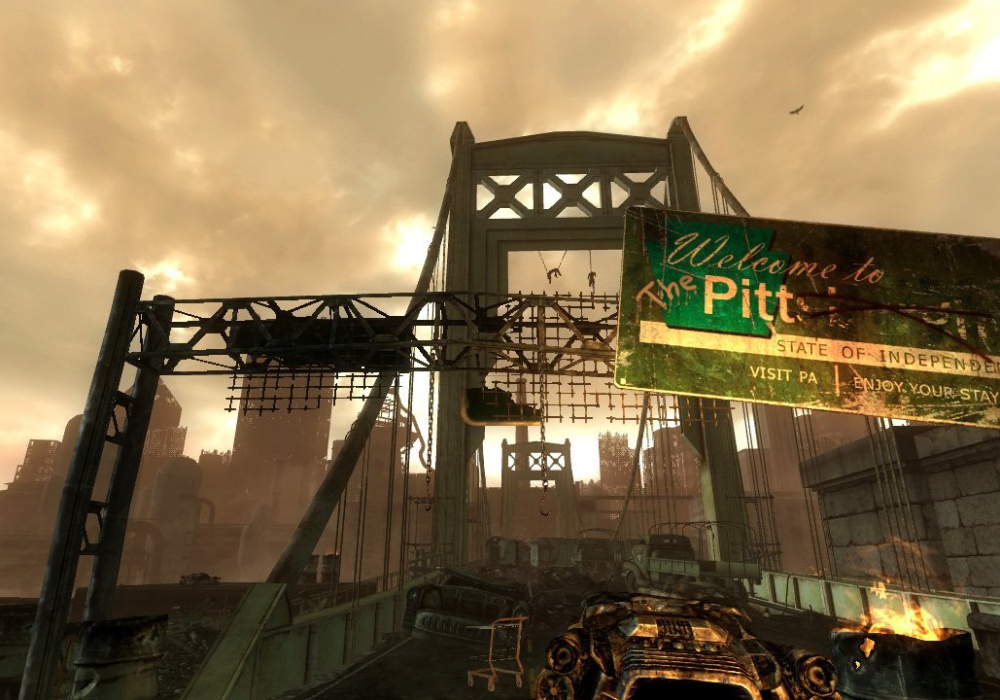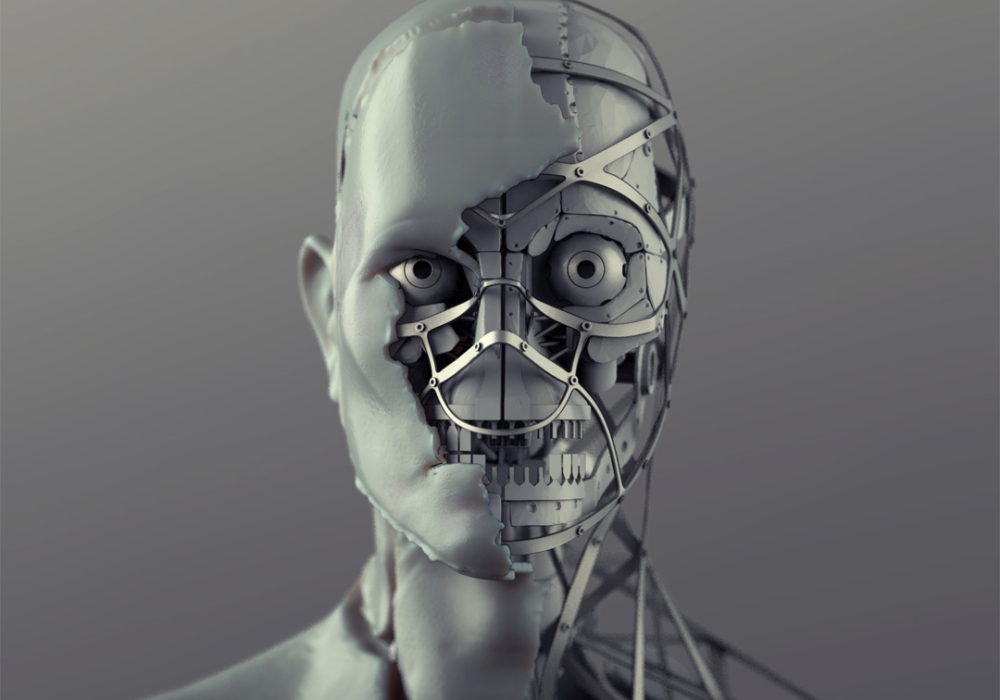
The Otherhood of Steel
MAJOR SPOILERS AHEAD (Main quest complete, Railroad questline complete, major BoS spoilers)
I love paladins. Always have. Even in my early AD&D days, I felt drawn to the morally righteous, sword-and-board style of the paladin, and I routinely find myself defending them in gaming debates. The charges against their class, which range from “paladins are OP” to “paladins are boring,” demonstrate a failure to appreciate the beauty of a heavy-armor damage factory who wades into the most desperate battle with a clarity of purpose known only by the pure of heart. Paladins are the sine qua non of RPGs.
Not that I run them that often.
I mean, I try, but as much as I love paladins, they never feel like a natural fit for me. My primaries (the character with whom I most identify) almost always, whether I intend them to or not, end up as Neutral Good rangers. Rules sometimes need to be broken in order to do the right thing. And why should I charge the enemy camp with my banner unfurled when I could reduce the chaos by picking raiders off one-by-one?
Furthermore, most of the games I play make running a true paladin difficult. Oblivion: Knights of the Nine, of course, was written with paladins in mind, and I was able to run a pretty satisfying Imperial paladin in Skyrim, but even in those exceptions, there are some obstacles to the class (it’s hard to justify daedric quests, for example).
Still, I love paladins. When I started play Fallout 3, I knew very little about the game, and so I was pleasantly surprised to discover a literal paladin faction in the Wasteland. Even though I hadn’t planned on running a paladin, when my primary met up with the Brotherhood of Steel, I made it a new goal to join them, and retconned my backstory appropriately. For most of the main quest, I was happy with my decision, but there were a couple of things that stuck in my craw:
- The way the BoS hoards technology is worrisome. In fact, if I remember correctly, one of the more trustworthy NPCs warned me about telling them too much, which I ignored for RP reasons.
- Their treatment of non-feral ghouls is, at best, bigoted, as evidenced by the statements of the residents of Underworld.
- While I’m well aware that super mutants are a problem, the BoS really seems to enjoy killing them, which is disconcerting when one recalls that every super mutant was once a human. After Vault 87, I took a perverse pleasure in visiting the Citadel with Fawkes in tow.
- The entire plot of The Pitt is problematic, starting with the fact that the BoS took it upon themselves to pass deadly judgement (“the Scourge”) on an entire city.
- In a random encounter after the main quest (with Broken Steel installed), I witnessed a tense encounter between a BoS Aqua Pura caravan and some Megaton residents. Even though I managed to defuse the situation, I was troubled by the fact that the BoS soldiers did not seem to share Elder Lyons’ altruism.
The presentation of the BoS in Fallout 4 is even more troubling. As I have considered elsewhere, the attitude of the BoS towards synths is downright genocidal, even when presented with “ideal” synths like Paladin Danse. Even worse, they have no moral qualms about wiping out the Railroad simply because they disagree with their position on synths. It also didn’t help that the BoS immediately opened fire on me when I entered Mass Fusion to find the beryllium agitator — no dialogue, no parley, just shoot-to-kill — which is hardly the kind of chivalrous behavior one would expect from Knights and Paladins.
So, why is it that the paladin — ostensibly the class with the greatest potential for moral greatness — so often devolves into a kind of myopic bigot, especially in non-fantasy settings? The answer might lie with the confusion between loyalty to a standard and loyalty to a tribe. The Knights of the Nine, while certainly beholden to a kind of chivalry, are an extension of their icon, Pelinal Whitestrake, who helped to free man from Ayelid slavery. Whitestrake, however, was no paladin; he was a ruthless warlord who was given to extraordinarily violent fits of madness. He fought against human enslavement not because slavery is wrong, but because it was his people who were being enslaved. That the Knights of the Nine were able to transcend their tribal origins (their subsequent fall from grace notwithstanding) is a testament to their valor. The fact that the player ends up joining the KotN in defending temples and priests of the Divines against Umaril the Unfeathered’s outslaught is suggestive of the chivalric call to defend the helpless, regardless of the chauvinism of the order’s forebear.
The Brotherhood of Steel, on the other hand, represents a dark reflection of the paladin class. The unity of purpose and shared ideals of the Knights of the Nine separates the world into an us-and-them dichotomy of power and need: the Knights have power, the citizens of Tamriel have need of that power to defend them against their would-be oppressors. The BoS uses an analogous dichotomy of power and need, but to a different end: the Brotherhood is strong, civilians are weak and therefore not worthy of consideration. “Shield yourself from those not bound to you by steel, for they are the blind. Aid them when you can, but lose not sight of yourself,” says the Codex. Even when providing protection for the wastelanders and settlers, the BoS see those outside of their order as “other.”
It is this focus on “otherness” that ultimately corrupts the paladin fantasy. Consider again the origins of the KotN: an anthropocentric order that, by the time the player encounters them, accepts anyone of valor into their ranks, regardless of race (Sir Ralvas is a Dunmer, and the PC may, of course, be of any race). The BoS, on the other hand, began as a version of the real-world U.S. Armed Forces, but in the post-apocalyptic world of Fallout, it has devolved into a chauvinistic, paranoid gang that that will not countenance outsiders (ghouls, synths) — even outsiders who embody the best of their original values (Danse).
This KotN/BoS juxtaposition provides an important insight into the narrative functions of their respective genres. The Elder Scrolls series leans toward the epic, the ideal, and the romantic, as the fantasy genre tends to do. The Fallout series, by contrast, favors cynicism, as post-apocalyptic literature usually does. The fictive past shows us how great we once were, and the fictive future shows us how far we’ve fallen from that greatness. This dichotomy is crucial for understanding the role of Paladin Danse in the discourse of “otherness.”
Danse personifies the best of the Brotherhood of Steel — nobility, bravery, chivalry, self-sacrifice — yet he is expelled (and possibly killed, depending on PC choices and persuasion checks) for being a synth, which is something he has neither prior knowledge of nor control over. Arthur Maxson — whose name combines the Arthurian legend with a kind of hypermasculinity — simply will not tolerate the presence of a synth in his ranks. Synths, he argues, cannot be trusted; you can never really know what they’re up to or whose side they’re on. They infiltrate the normal human world and wreak havoc, and therefore must be destroyed at every opportunity — Nick Valentine et al notwithstanding. As Maxson himself puts it, “This notion that a machine can be granted free will is not only offensive, but horribly dangerous.“ The PC’s “winning” option with Maxson is to convince him to let Danse live in isolation and exile. There is no hope of inclusion.
The parallels to the current controversies regarding Muslims and trans people should be obvious. The “otherhood” of these groups makes them suspect, and when a society is organized around fear and aggression, that which is suspect cannot be tolerated. As a synth, Danse becomes a potential stand-in for any “other” in the real world, and the way a player deals with him provides an opportunity for a robust conversation about tolerance in our own society.
The question of where the Lawful Good paladin-phile can find a place in Fallout 4 will be discussed in the next post.





